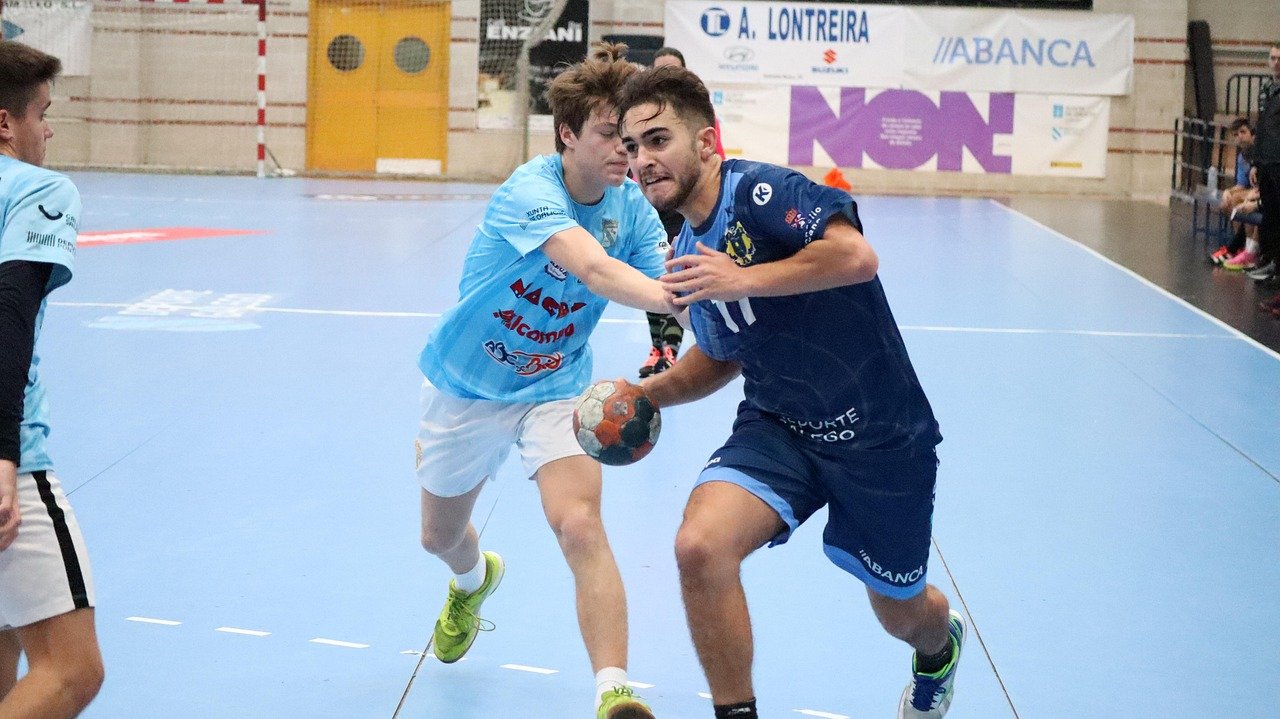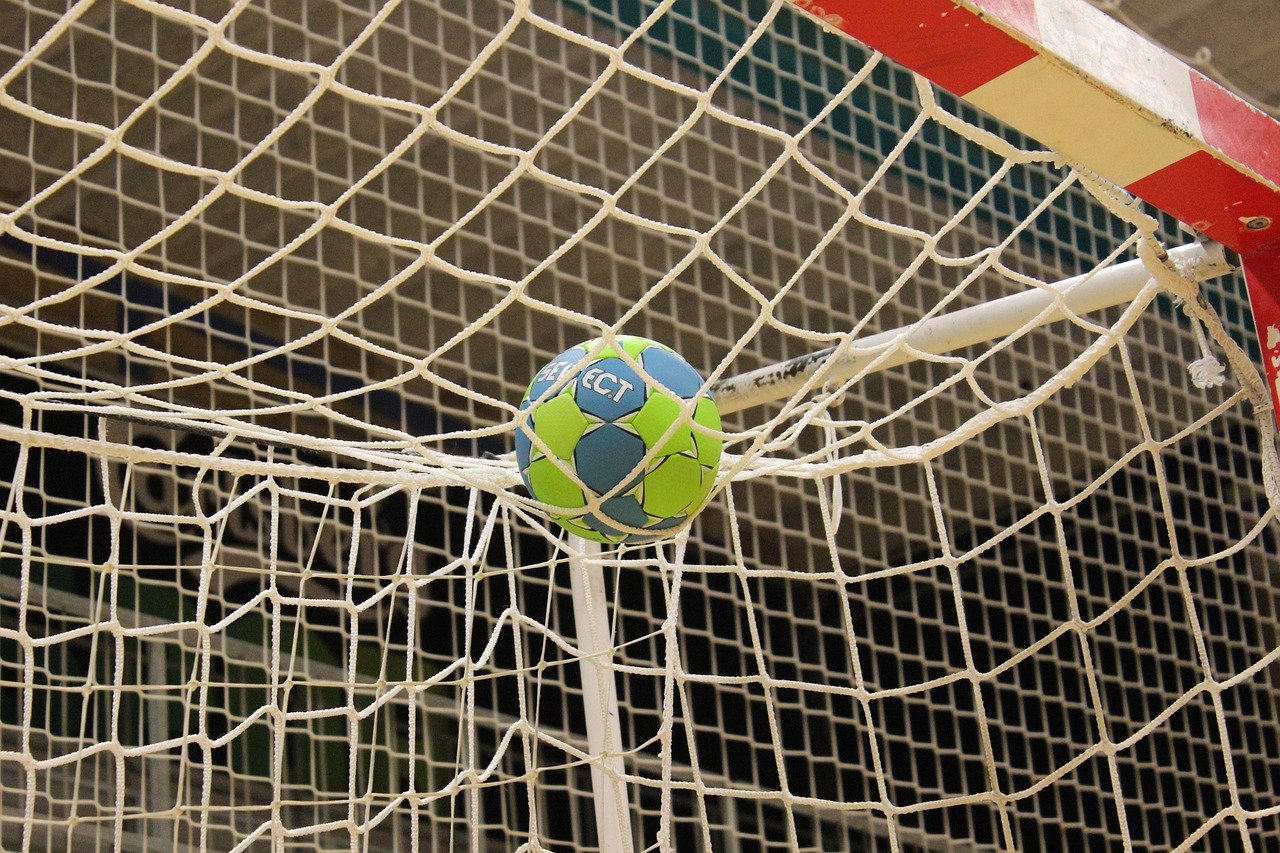The centre back position is often described as the ‘playmaker’ of a handball team. This player plays a crucial role in orchestrating the team’s offence, creating scoring opportunities, and maintaining flow on the court. If you want to understand handball strategy better, learning about the centre back’s responsibilities and skills is essential.
What Does the Centre Back Do?
The centre back acts like the team’s on-court leader during offensive plays. They are responsible for:
- Directing attacks: Setting up plays and deciding when to pass or shoot.
- Distributing the ball: Finding the best positioned teammates, often the wings or pivots.
- Reading the defence: Identifying weaknesses or gaps to exploit.
- Maintaining tempo: Controlling the pace of the game by slowing or speeding up play.
- Supporting defence: After losing the ball, the centre back helps transition back to defence quickly.
Key Skills for a Centre Back
To excel in this role, a centre back needs a diverse skill set:
- Excellent vision and awareness: Ability to see all players’ positions and anticipate opponents’ moves.
- Strong passing ability: Accurate and quick passing is essential to keep the attack fluid.
- Good ball control: Handling pressure from defenders while maintaining possession.
- Quick decision-making: Making split-second choices on passing, shooting, or dribbling.
- Leadership: Communicating effectively with teammates and organising the attack.
- Physical fitness: Endurance to move constantly, plus agility to evade defenders.
Typical Positioning on the Court
The centre back typically operates around the middle of the attacking half, close to the nine-metre line (the free throw line). From here, they can:
- Survey the defence and make strategic decisions.
- Support wing players or pivots by feeding the ball.
- Initiate one-on-one plays or set up tactical combinations.
How the Centre Back Works With Other Positions
- Wings: The centre back often passes to fast wing players who can exploit space on the sides.
- Pivot (Line Player): They feed the pivot in the six-metre zone, who can then shoot or draw fouls.
- Backcourt players: The centre back coordinates with left and right backs to execute set plays or break through the defence.
- Goalkeeper: Effective communication helps in fast breaks and defensive transitions.
Centre Back in Defence
Though primarily an attacking role, the centre back has important defensive duties:
- Marking the opponent’s centre back or key playmaker.
- Organising the defensive formation, especially in 6-0 or 5-1 setups.
- Quickly switching from offence to defence after losing possession.
Training Tips for Centre Backs
- Drill passing under pressure: Practice quick and precise passes while being defended.
- Work on decision-making: Use game simulations to improve reading the defence.
- Enhance fitness: Maintain high endurance and agility to manage constant movement.
- Improve communication: Develop clear verbal and non-verbal signals with teammates.
- Study opponents: Analyse opposing defences to identify exploitable patterns.
Conclusion
The centre back role is vital to any successful handball team. Acting as the offensive brain, this player must combine tactical awareness, technical skill, and leadership. Whether you’re a player aiming to take on this role or a fan wanting to understand the game better, appreciating the centre back’s responsibilities offers valuable insight into handball’s dynamic play.



